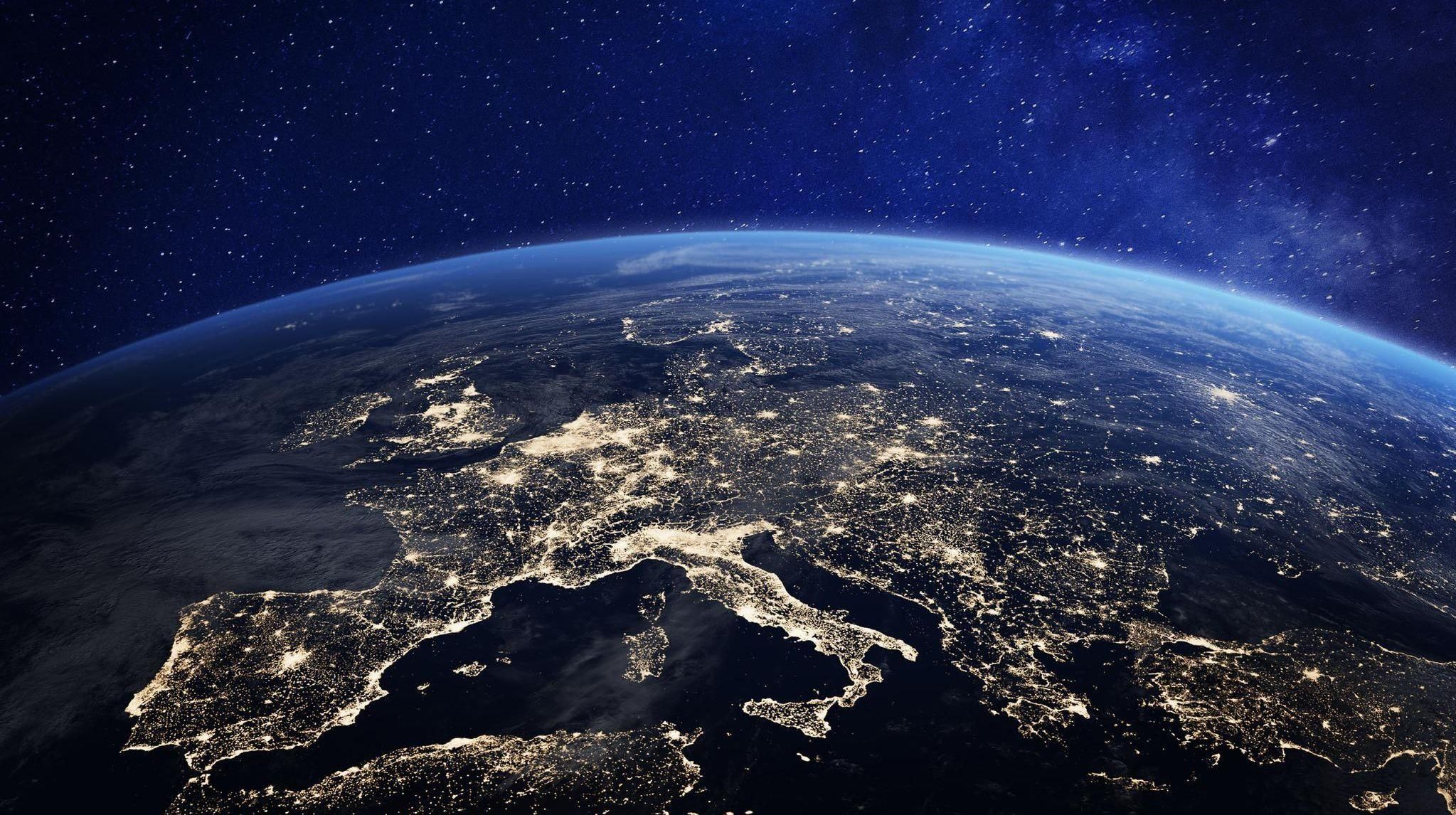Latest News
Subpage Hero

2025 Energy transition outlook: Expert predictions and technologies to watch
)
As the global energy sector races toward a sustainable future, the journey is marked by diverse technologies, regional opportunities, and unique challenges. In Southeast Asia, where energy needs are rapidly growing, the question remains: which technologies will lead the charge, and who will cross the net-zero finish line first?
To answer this, we turned to Enlit Asia advisory board who shared their perspectives on the technologies shaping the transition, impactful projects on the horizon, and the countries most likely to achieve their climate goals.
One technology that consistently rises to the forefront is solar PV. Its speed and convenience make it a go-to solution for many countries. Yet, the story doesn’t end with solar. Hydrogen, with its unique versatility, is emerging as a critical player. Hydrogen’s ability to integrate renewable energy into grids, decarbonise hard-to-abate sectors, and support maritime energy transitions makes it indispensable. While solar provides electricity, hydrogen offers a broader range of applications, making it a vital component of the energy mix.
Looking beyond these technologies, hydro power is gaining momentum as a vital resource in the region. Over the next decade, its combination with other renewable sources is expected to dominate the energy landscape, while nuclear power is projected to scale up in the late 2030s to early 2040s. Storage technologies, such as battery energy storage systems (BESS), are also essential, helping to mitigate the intermittency of renewable energy sources like solar and wind. Though nuclear remains a contentious option in some regions, its potential to overcome land constraints and provide consistent baseload power positions it as a promising long-term solution.
Southeast Asia’s energy transition is not only about technologies but also about groundbreaking projects that set the stage for transformation. Interconnection projects linking Singapore with neighbouring countries exemplify regional cooperation in energy sharing. Meanwhile, the Philippines is home to the Wawa Pump-Storage Hydropower Project, a 500 MW energy storage asset designed to deliver reliable mid-merit and peak energy to the power market. The Hornbill Smart Energy Management System, another notable initiative, is advancing the way renewable microgrids are monitored and managed, ensuring cleaner energy generation. In Japan, a 100 MW gas power plant stands out as a project to watch, balancing renewable energy and showcasing the importance of flexible gas technology.
The rapid rise of artificial intelligence is also influencing energy demand. Data centres, fuelled by AI advancements, are driving the need for robust power solutions. Building large renewable energy plants takes time, which creates a reliance on baseload generation from gas or even coal in the short term. This presents a critical opportunity for carbon capture and storage (CCS) technologies to balance the need for reliable energy with emission reduction goals.
Amid these advancements, the race to net zero remains a key narrative. Each country’s journey is shaped by its unique strengths.
Countries with abundant hydro resources, like Laos, Cambodia, and Malaysia (Sarawak), have a natural advantage in reaching net-zero milestones. Singapore, with ambitious projects—such as importing solar energy from Australia—and energy imports from neighbouring countries, is making significant strides. Vietnam, with its growing renewable energy sector, also emerges as a potential leader in this transition. Thailand’s well-structured energy transition plans position it as a strong contender in the region as well. Vietnam’s proactive approach to energy transition and Singapore’s role as a green energy importer were also mentioned.
And then there’s China, whose immense scale, vast resources, and ambitious energy transition initiatives position it as a global inspiration and a driving force for innovation in the region. While outside Southeast Asia, China's leadership highlights a blueprint for countries in the region to accelerate their transitions.
The Southeast Asian energy story is one of innovation, collaboration, and ambition. From the rapid deployment of solar PV to the transformative potential of hydrogen, hydro, and nuclear power, the region is navigating a complex yet promising path. As we move closer to 2025, the technologies and projects highlighted here offer a glimpse into a future powered by clean, sustainable energy. The race to net zero is on, and every step forward brings us closer to a brighter, greener tomorrow.
About Enlit Asia
Enlit Asia is the leading platform for knowledge sharing and collaboration in the energy sector. Bringing together industry leaders, policymakers, and innovators, the event fosters discussions on emerging technologies, regional energy challenges, and sustainable solutions. As the region navigates its multidimensional energy transition, Enlit Asia remains at the forefront, driving conversations and shaping the future of energy.
In Partnership with:
In Collaboration with:

)
)
)
)
)
)
)
)
)
)
)

